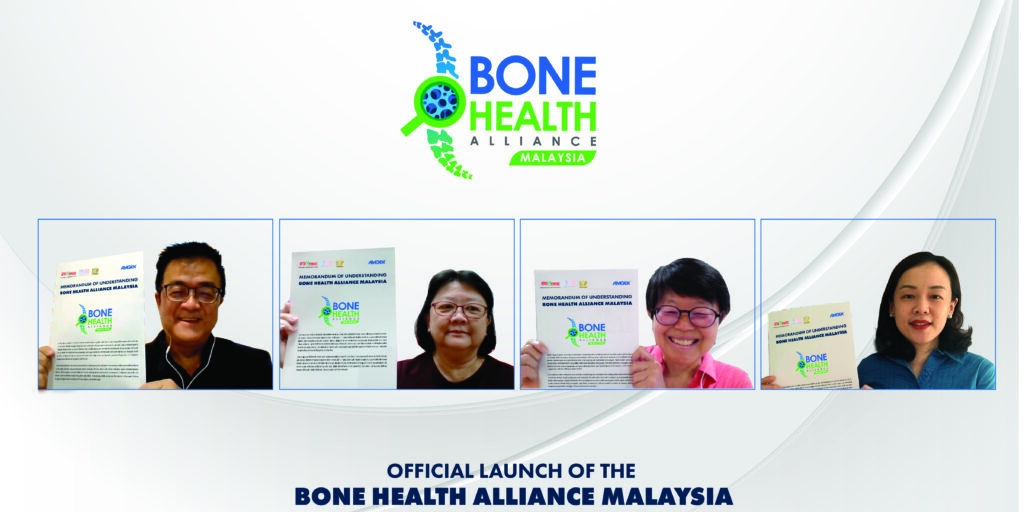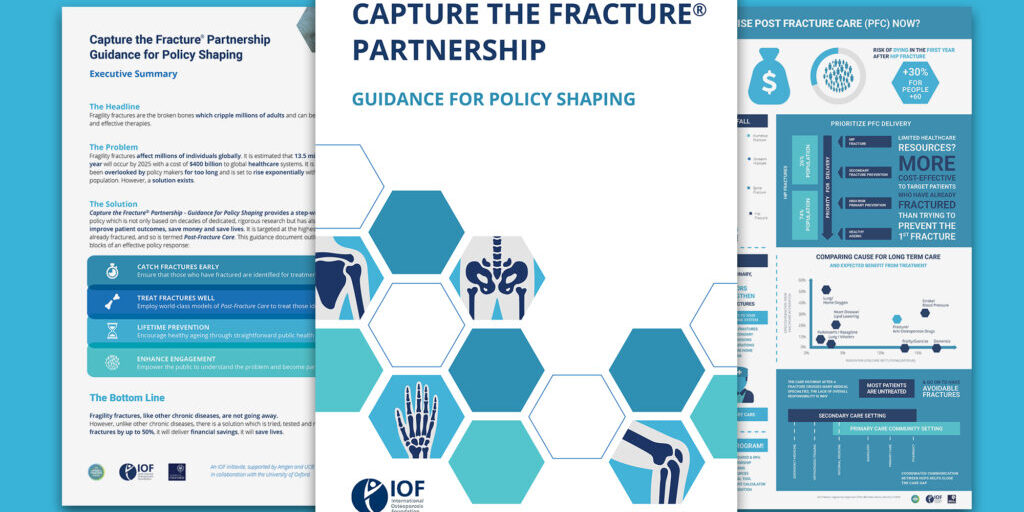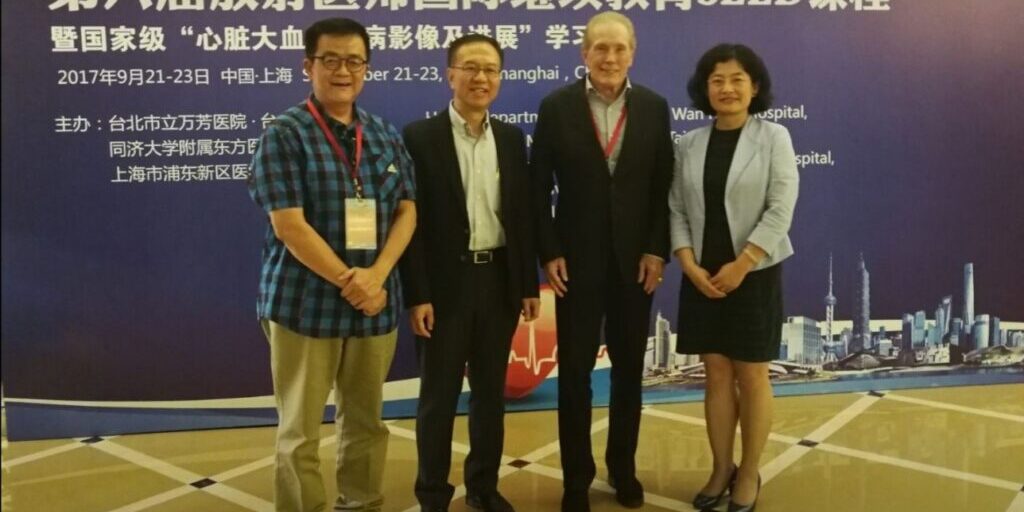The world’s population is aging, and as a consequence, many millions of people will be at risk of fracture and its consequences. The World Health Organization (WHO) rates musculoskeletal disorders as second behind cardiovascular disease as a leading source of human suffering. The problem is of particular importance in the Asia-Pacific region, as it is estimated that by 2050, half of the world’s hip fractures will occur within the region. APFFA was formed to address this looming crisis.
The International Society for Clinical Densitometry (ISCD) is proud to be a founding member and active participant in APFFA’s work. The ISCD is the world’s leading professional society focused on best imaging practices related to skeletal health. Through its periodic position development conferences, it ensures that guidance for clinicians remains up to date and reflects recent advances in the field.
Fractures are widely recognised to increase both mortality and the risk of re-fracture. Yet, fewer than 20 per cent of fracture patients are treated to prevent recurrent fracture, in spite of the availability of effective pharmacological and non-pharmacological interventions. Non-treatment in the face of an established, remediable illness would be considered outrageous for other chronic conditions, such as atherosclerosis, hypertension, or diabetes. Why is fracture different?
The simplest explanation is that fractures are perceived as unavoidable accidents rather than as sentinel events that reveal an underlying chronic disease – osteoporosis. One barrier to diagnosis is that there is poor appreciation of what qualifies as a “fragility” or “low trauma” fracture. These include all fractures arising from a fall from standing height or lesser trauma. Fractures in this setting are clinical red flags and should never be attributed to fall mechanics or the consequences of normal aging.
Furthermore, vertebral compression fractures are often unrecognised at the time of occurrence. Their main immediate symptom, back pain, is a chronic condition and those who suffer it may not recognise pain exacerbation as a cause for additional concern. These fractures may therefore be subclinical in up to 2/3 of patients. In addition, vertebral compression fractures are often ignored in imaging reports.
APFFA seeks to address this diagnostic failure in the acute fracture setting, the point when patients, families, and care teams are most receptive to intervention. In this setting, there are three pillars of care. The first is delivery of whatever acute measures are necessary to stabilise the fracture and relieve associated pain. The second is to provide effective rehabilitation to maximise functional recovery. The third is to pursue secondary fracture prevention. These measures can be initiated by a fracture liaison service (FLS), but their success requires primary care physicians and other members of the care team to follow up appropriately and monitor the plan’s implementation. This is an area of practice for which there is limited training offered during either undergraduate or postgraduate medical education. As a result, many physicians find that osteoporosis management falls outside their comfort zone.
To address this need, APFFA includes an Education Working Group. Last month, APFFA launched a Primary Care Physician (PCP) Education Toolkit. This includes all the materials needed to organise and present a half day educational program directed specifically to primary care physicians. The materials include a lecture on the burden of disease arising from fracture, a lecture on a fracture and osteoporosis-centric clinical evaluation, a discussion session facilitator guide, and administrative tools for organising the session. The toolkit is available and ready to be deployed throughout the region. Our aim is that it be presented by local experts following adaptation, if necessary, to address specific local issues.
Beyond this, the APFFA Education Group is compiling a collection of educational materials directed to a broader range of audiences. APFFA does not host or disseminate the materials directly, but rather, directs requests to the contributor’s website to initiate the materials request. ISCD materials will be prominent in this collection, including both the ISCD-IOF Osteoporosis Essentials course, ISCD’s specialised courses, and recorded lectures from ISCD’s 2020 annual meeting. This is an ongoing effort, and we continue to collect additional materials for dissemination.
Future efforts will address the unique educational needs of specialist physicians in orthopedics, endocrinology, rheumatology, geriatrics, physiatry, geriatrics and radiology. Each of these audiences is focused on a specific subset of the challenges related to post-fracture care, and therefore, has distinct educational needs. Similarly, we are working on materials for lay audiences, hospital administrators, and policymakers. While maintaining a consistent message, the emphasis will shift according to the needs of the target audience.
Other blog entries will address APFFAs work in other arenas. There are working groups on hip fracture specifically, and on evidence generation, and these also promise to provide meaningful improvement in care throughout the Asia-Pacific region. I am grateful for having the opportunity to contribute to APFFAs important work and to share this overview of some of the efforts with you.
Robert D Blank, MD, PhD, ISCD representative and APPFA Education Working Group Chair





